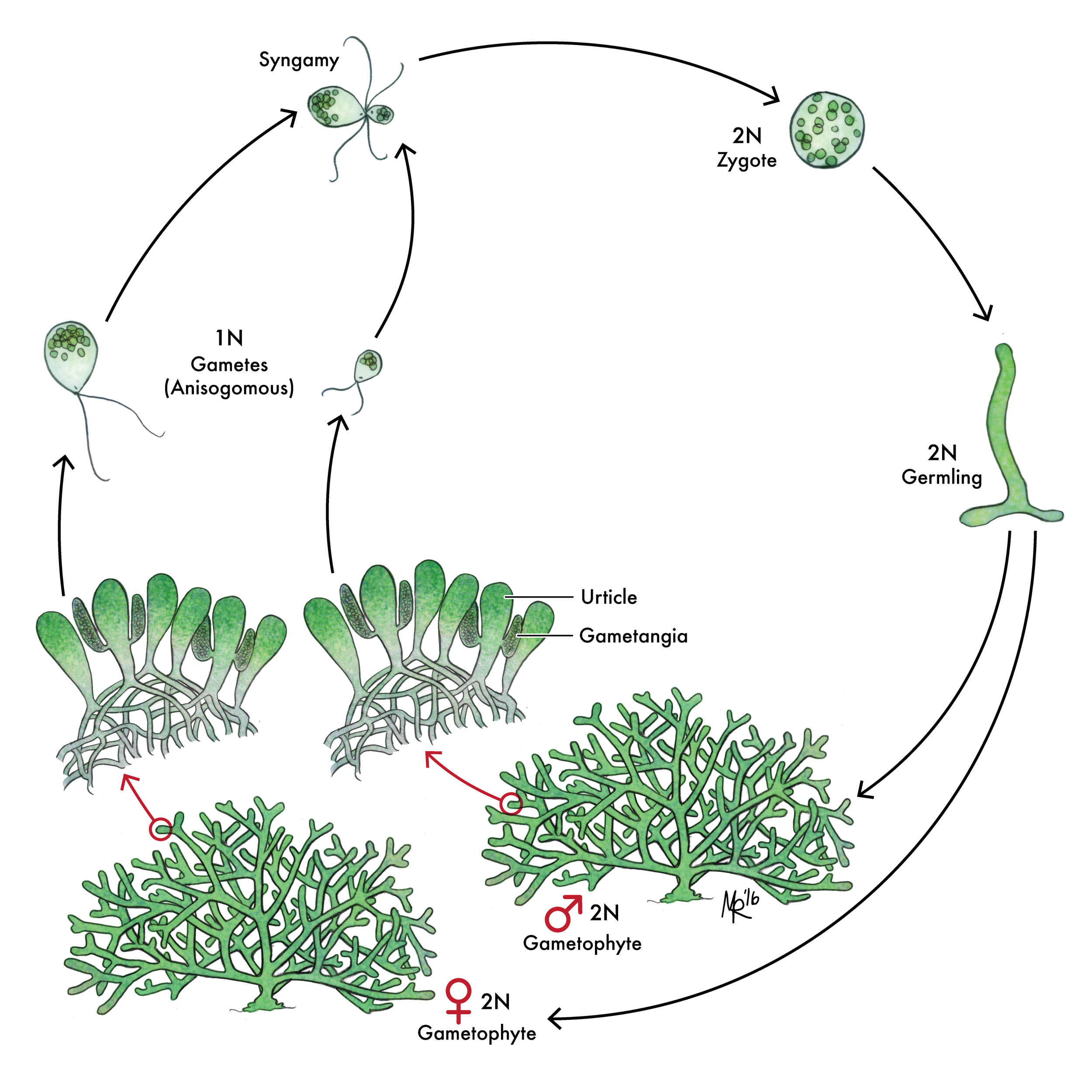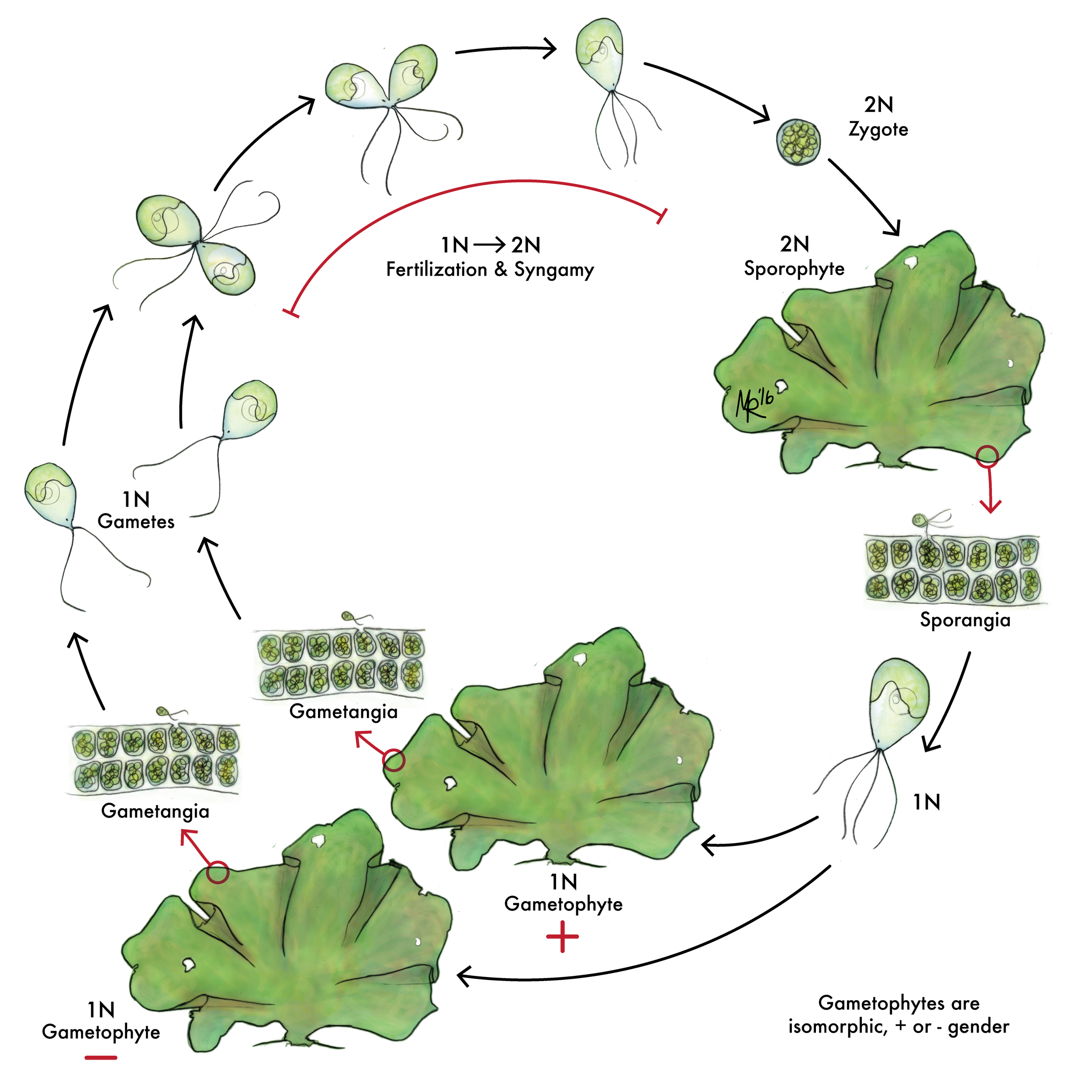Do you ever have a project you're so excited about that you're afraid if you talk about it or even think about it that it will somehow magically go up in smoke?
This is me and Panama, guys.
To start the story, a little over a year ago I was contacted by a friend of a friend about going to Bocas del Toro, Panama, and helping create an educator's taxonomy guide to six of the more cryptic phyla. Naturally, I said, "Yes, I'd love to," as calmly as possible while trying not to jump up and down screaming.
But the problem was it was an NSF grant we were applying for. I drafted my price quote for the grant and with a lot of work from our PI and all the participating taxonomists the grant application got sent off into the bureaucratic black hole* that so many other NSF grants go off into. Last December I got the news that it looked like we were in the clear with our grant and we would be leaving for Panama in the near future!
Naturally, when you're trying to arrange for six working taxonomists, a videographer, and a science illustrator to travel from all over the world to the same remote field station, it takes a lot longer than expected to figure out the details. But may the fates bless Rachel Collin, our fearless leader and PI, because she has done just that.
Fast forward to today: I've spent the last two months in paperwork purgatory (and again bless Rachel Collin and her lab manager, because they've been trying to get me through paperwork purgatory) and it looks like all my ducks should be in a row any day now.
Which leads me to feel like I can finally talk about going to Panama without feeling like it will fall through in the next breath. We even have a website for the project!
I have my plane tickets! I have my assignments! All I need now is for October to be here!
* It's not actually a black hole, but there are a heck of a lot of other applications that get sorted through and it takes several months to hear back about it so it feels kind of like a black hole.



























































